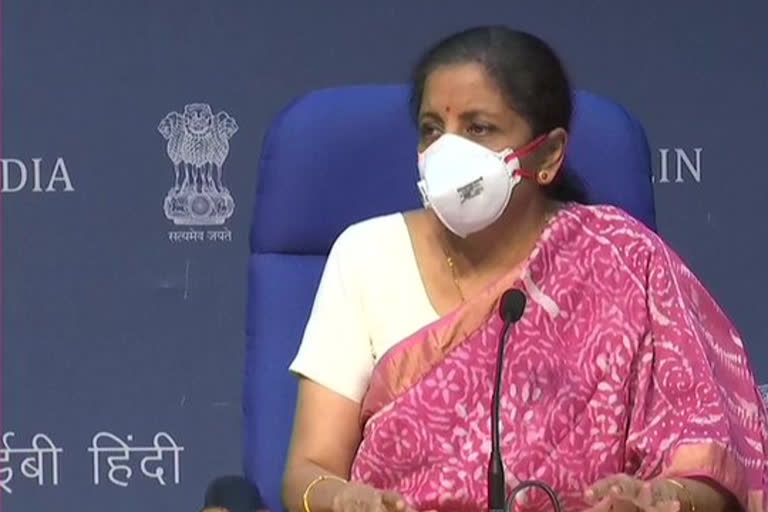New Delhi: Prime Minister Narendra Modi’s government has prepared a Rs 50,000 crore livelihood security programme for millions of migrant workers who have returned to their native places and villages due to the nationwide complete lockdown.
The lockdown was imposed in the last week of March to slowdown the community spread of the Covid-19 virus, But the lockdown made it impossible for tens of millions of migrant workers to sustain themselves in cities due to lack of employment and proper place to stay and forced them to return to their villages, sometimes by walking for several hundreds of kilometers.
Prime Minister Narendra Modi will launch the programme from Khagaria district in Bihar through a video link on Saturday.
The Pradhan Mantri Garib Kalyan Rozgar Abhiyan aims to cover those 116 districts in the country where the number of returnee migrant workers exceeds at least 25,000 people.
Under the programme, the government will pool in 25 different kinds of works executed under the Central government schemes to provide 125 days of work.
“Everyone who needs the assignment will be given the jobs under 25 different categories of works,” said finance minister Nirmala Sitharaman. She said the thrust would be on asset creation.
Read more:Finmin seeks expenditure proposals for first supplementary demands
“The objectives which have to be achieved, will be achieved using the labourers who have returned there,” Nirmala Sitharaman added.
She said both the Centre and States have carefully mapped the skill set of these workers and most of them were engaged in construction sector in the urban centres.
“We have carefully mapped the skill set of these migrant workers. And most of them are skilled workers. The,” she said.
Six states to benefit from PM Garib Kalyan Rozgar Abhiyan
116 districts in six states will benefit from the PM Garib Kalyan Rozgar Abhiyan.
Finance minister said out of nearly 1 crore migrant workers, nearly 67 lakh or two-thrid returnee migrant workers have gone back to these 116 districts alone.
Bihar accounts for the highest number of districts (32), followed by Uttar Pradesh (31), Madhya Pradesh (24), Rajasthan (22), Odisha (4) and 3 districts from Jharkhand.
